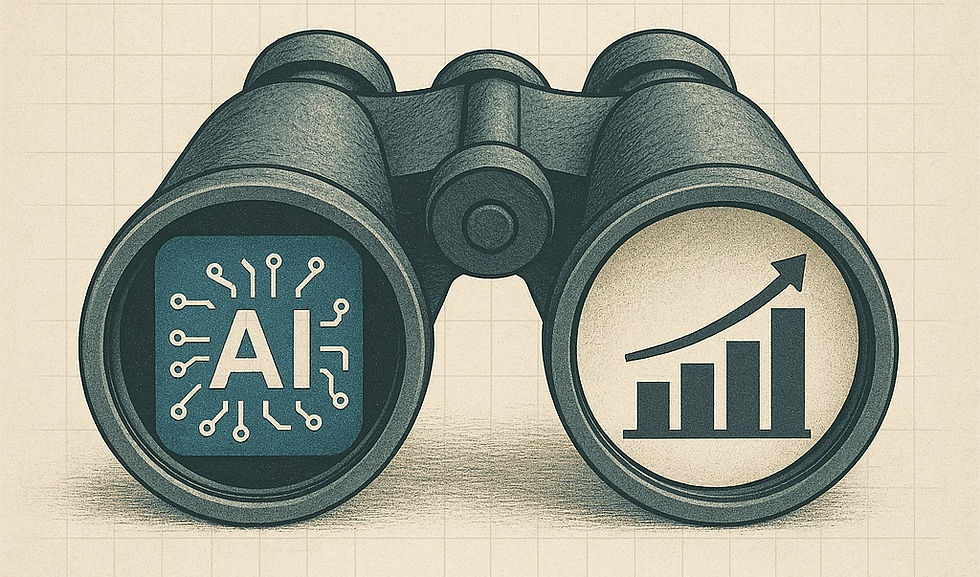New Technologies are changing Agricultural Production and Livestock Farming
- Catherine Louropoulou
- Nov 11, 2022
- 2 min read
Updated: Dec 18, 2022
The use of new innovative technologies brings new practices in agricultural production and livestock farming, making them more productive and sustainable in order to meet both the need of feeding the increasing population of earth and the need to reduce the impact of climate change.

But what are these Technologies that are emerging to assist farmers and livestock farmers and how do they help to improve the efficiency of their production.
1. Artificial Intelligence

The integration of artificial intelligence in agriculture provides farmers with real-time information about their field conditions. AI provides information to predict weather patterns and crop yields, helping farmers make informed decisions. AI algorithms automate the identification of abnormalities and diseases in plants and animals. This allows for early detection and intervention if required.
2. Internet of Things

IoT provides an alternative to the traditional methods. An IoT device contains one or more sensors that collect data and provide accurate real-time information. They perform many activities, such as sensing soil temperature and humidity, monitoring plants and animals, and more. Νew irrigation systems are using IoT sensors to automate water delivery to crops. They have evapotranspiration sensors, soil moisture sensors and rain sensors, among others, which send timely alerts and improve response time for areas that need attention.
3. Robotics

Agricultural robots assist farmers in collecting, harvesting, planting, spraying and sowing. The use of such robots allows them to focus more on improving overall productivity without having to worry about time-consuming agricultural processes. Robotic structures are also used as automated livestock management systems. These include automated weighing scales, incubators, milking machines and automatic feeders that help prevent human-induced errors.
4. Drones

Drones collect raw data that is translated into useful information for monitoring a farm. Equipped with cameras, they facilitate aerial imaging and the recording of the topography of both near and distant fields. This data optimises the application of fertiliser, water and pesticides. In livestock farming, drones facilitate animal tracking, fencing and grazing.
Start-ups are working on building drones capable of measuring chlorophyll levels, the population of weeds, as well as the mineral and chemical composition of the soil.
5. Agricultural Biotechnology

Many crop yields are lost due to pests and diseases. Application of biotechnology in agriculture improves the quality of crops. Techniques such as plant breeding, hybridisation and genetic engineering facilitate the identification of better features. There are genome editing technologies that allow the isolation of the desired gene with speed and precision. Breeding plants with the desired genes produces transgenic plants with properties such as disease resistance, drought tolerance, pest resistance and high yielding capacity. These result for a better profitability of agricultural production.
At E-ON INTEGRATION, we closely monitor developments and new technologies related to land and livestock farming because they provide critical information that can be used in conjunction with external databases to assess the risks and opportunities arising from the energy and climate crisis. Based on these assessments, the stakeholders have all the necessary information regarding the sustainability of their business in order to develop their strategy.




Comments